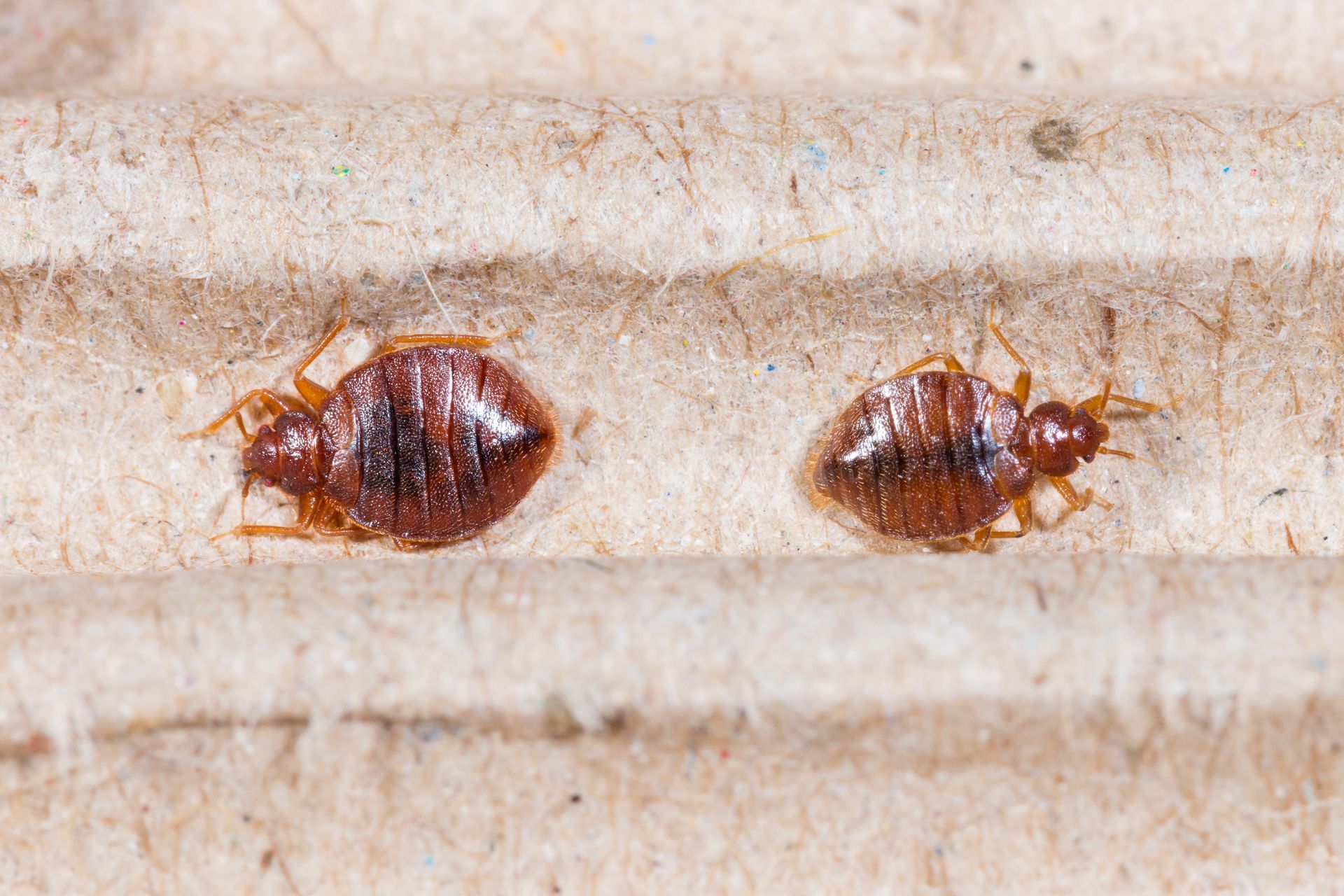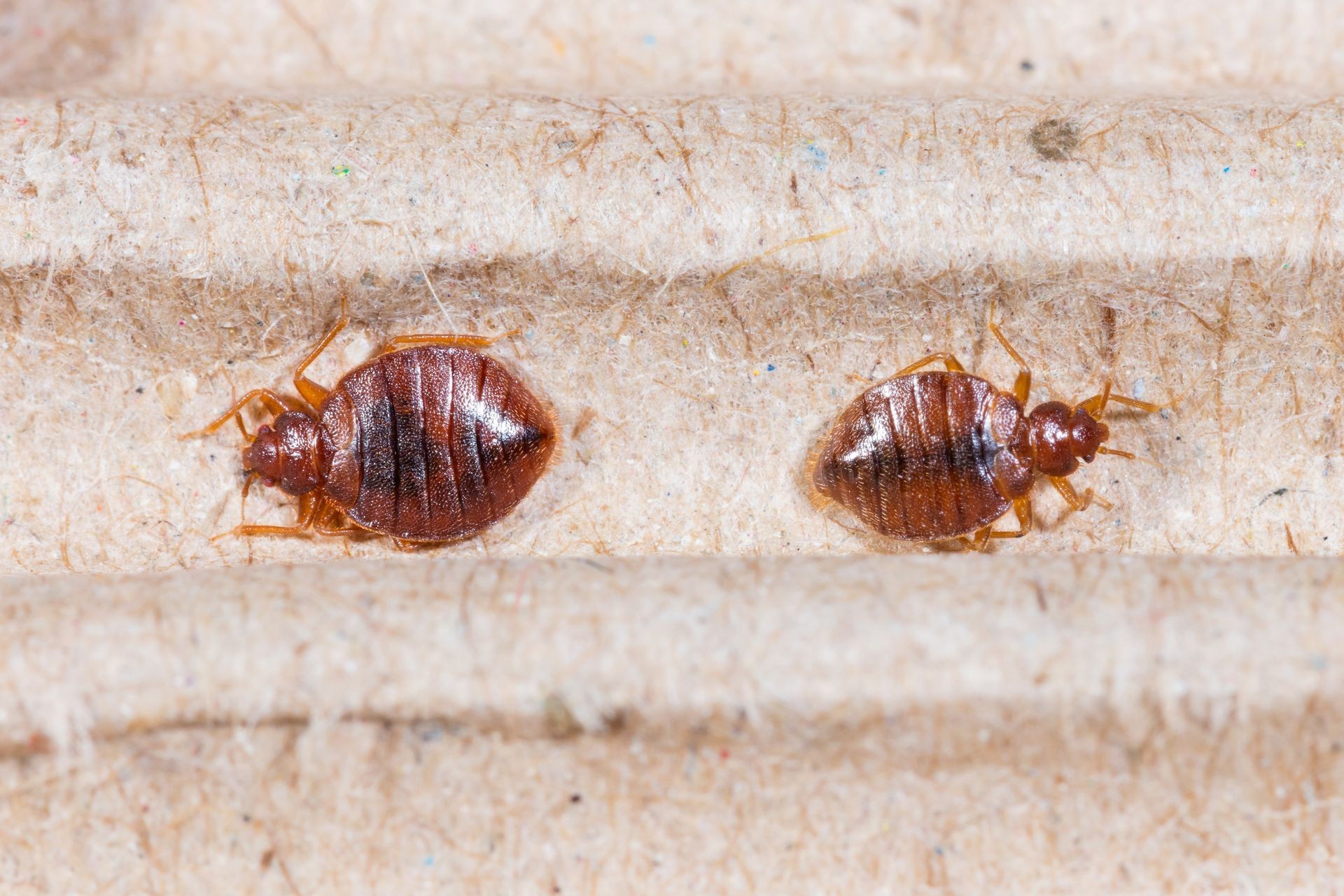Are you worried about bed bugs spreading from one house to another? The ability of these pests to infest multiple homes raises concerns about their management and control. TRAVELS.EDU.VN offers practical insights into bed bug dispersal and effective prevention strategies. Understanding bed bug behavior and implementing preventative measures can greatly reduce the risk of infestations and ensure a safer, more comfortable environment.
1. How Easily Do Bed Bugs Spread?
Bed bugs are notorious hitchhikers, spreading with surprising ease. These pests latch onto personal belongings, such as luggage, clothing, and furniture, unknowingly carried from place to place. Their tiny size and ability to hide in crevices make them difficult to detect, leading to rapid infestations in new environments. Their effective transportation, coupled with a fast breeding cycle, allows them to quickly establish themselves.
Bed bugs can easily spread due to:
- Hitchhiking: They attach to belongings.
- Small Size: Hard to detect.
- Rapid Breeding: Fast reproduction cycle.
 Bed bug hiding in luggage
Bed bug hiding in luggage
2. How Fast Do Bed Bugs Move?
Despite their small stature, bed bugs are quite mobile. Research shows they can move approximately 3 to 4 feet per minute. While this pace may seem slow, it enables them to cover considerable distances in indoor settings. In just one hour, a bed bug can travel over 150 feet, easily moving from one room to another.
Their mobility allows them to navigate various paths, including:
- Squeezing through cracks in walls.
- Moving under floors.
- Traveling between rooms.
3. How Far Can Bed Bugs Travel?
The primary concern regarding bed bugs is their ability to spread from one infestation site to another, potentially covering unlimited distances. This dispersal is mainly due to their hitchhiking abilities, exceptional survival skills, and the capacity to live without food for extended periods. Adult bed bugs can survive over a year without feeding, significantly contributing to their potential for widespread dispersal.
Their resilience enables them to:
- Hitchhike on furniture.
- Remain dormant during travel.
- Reemerge in new environments.
4. How Can Bed Bugs Spread From House to House?
Bed bugs can spread from house to house through human activities. They hitch rides on clothes, linens, furniture, and luggage, enabling them to move faster and farther than they could on their own. Frequent travel and social visits increase this risk. Common public spaces like hotels, airplanes, and public transportation are hotspots for picking up these pests.
Bed bugs spread between houses through:
- Human Transportation: Riding on clothes and luggage.
- Public Spaces: Hotels and public transportation.
- Social Visits: Infested homes of friends and family.
5. How Can Bed Bugs Spread From Room to Room?
Bed bugs can spread from room to room efficiently in search of a host. Their movement is largely facilitated by their proximity to human hosts, as they need blood meals to survive. They track humans using the CO2 we breathe and our body heat. Once they find a host, they typically take refuge within 8 feet of the person’s resting place, often hiding near beds or furniture.
Their ability to lay many eggs daily helps their populations double in just over two weeks. The transfer of infested items like furniture and clothing also expedites their spread from one room to another.
Room-to-room spread is facilitated by:
- Proximity to Hosts: Tracking humans by CO2 and heat.
- Egg Production: Rapid population growth.
- Infested Items: Transfer of furniture and clothing.
6. Can Bed Bugs Spread From Person to Person?
Bed bugs do not spread from person to person like lice because they don’t live directly on humans. However, they can hitchhike on people’s clothing, making it possible for individuals to inadvertently spread them. This indirect transmission occurs when infested items move into previously uninfested areas.
Spread from person to person involves:
- Hitchhiking on Clothing: Transferring on garments.
- Infested Items: Moving contaminated belongings.
7. How Fast Do They Reproduce Once They Are Introduced?
Once bed bugs enter an environment, their reproduction rate can quickly escalate an infestation. After a blood meal, a female bed bug can lay an average of one to seven eggs per day, totaling 20 eggs with each feeding. Over their lifetime, a female can lay 250 to 500 eggs, with populations doubling every 16 days.
Eggs hatch in about 10 to 15 days, and bed bugs go through five nymph stages before reaching adulthood. The entire process from egg to adult takes approximately 1.5 to 3 months, depending on temperature and food availability.
Reproduction facts:
- Egg Laying: 1-7 eggs per day.
- Lifetime Eggs: 250-500 eggs.
- Doubling Time: Populations double every 16 days.
8. How to Stop Bed Bugs From Spreading
To effectively stop the spread of bed bugs, implement proactive measures and regular inspections. These actions will significantly reduce the risk of infestations.
Here are some key ways to prevent the spread:
| Measure | Description |
|---|---|
| Regular Inspections | Check rooms, especially beds and furniture, for signs of bed bugs. |
| Clean Spaces | Keep bedrooms clean and clutter-free to reduce hiding spots. |
| Secondhand Caution | Inspect secondhand furniture thoroughly before bringing it home. |
| Protective Covers | Use covers for mattresses and box springs to prevent infestations. |
| Regular Vacuuming | Vacuum frequently to remove bed bugs and eggs. |
| Travel Precautions | Inspect sleeping areas when traveling and avoid placing luggage on infested surfaces. |
| Bag Stand Usage | Use bag stands in hotels rather than placing luggage on the floor or bed. |
| Luggage Inspection | Check luggage and clothes for bed bugs before returning home. |
| Careful Laundry Practices | Transport clothes in plastic bags and fold them at home if using shared laundry facilities. |
| Seal Gaps | Seal cracks in walls to prevent movement between rooms. |
| Examine Purchased Items | Inspect items brought into your home, especially from bed bug-prone environments. |
| Treatment of Items | Isolate and treat infested items before bringing them inside. |
9. How to Tell if You Have Bed Bugs
Identifying a bed bug infestation early is crucial for effective control. Look for these signs:
- Reddish Stains: Blood stains on sheets or mattresses.
- Dark Spots: Small, dark spots on bedding.
- Eggs or Eggshells: Tiny eggs in hiding spots.
- Yellow Skins: Shed exoskeletons of nymphs.
- Musty Odor: Noticeable musty smell.
- Visible Bed Bugs: Small, oval, brownish insects.
- Bites: Itchy, red areas on the skin.
Monitor for symptoms and consult a doctor for numerous bites or signs of infection. Be aware of other signs even if bites aren’t present.
10. TRAVELS.EDU.VN: Your Partner in Bed Bug Prevention
TRAVELS.EDU.VN understands the challenges of preventing and managing bed bugs. We offer tailored solutions to ensure your travels and accommodations are bed bug-free. With our expert advice and practical tips, you can minimize the risk of infestations and enjoy peace of mind.
Napa Valley Travel Packages: Bed Bug Prevention Included
When planning your Napa Valley getaway, trust TRAVELS.EDU.VN to prioritize your comfort and safety. We partner with hotels and accommodations that adhere to strict bed bug prevention protocols. Our travel packages include:
- Thorough Accommodation Inspections: Ensuring rooms are bed bug-free.
- Preventative Measures: Implementing best practices to avoid infestations.
- Expert Advice: Providing tips for staying safe during your travels.
Example:
The average cost of a 3-day Napa Valley tour package through TRAVELS.EDU.VN, including bed bug preventative measures, starts at $1,500 per person.

Benefits of Booking with TRAVELS.EDU.VN
Booking your Napa Valley tour with TRAVELS.EDU.VN offers several advantages:
- Peace of Mind: Knowing your accommodations are bed bug-free.
- Expert Support: Access to our team’s knowledge and resources.
- Customized Packages: Tailored to your specific needs and preferences.
Why Choose TRAVELS.EDU.VN?
- Experience: Years of expertise in the travel industry.
- Commitment: Dedicated to providing safe and enjoyable travel experiences.
- Reliability: Trusted by countless travelers for quality service.
Customer Testimonial:
“TRAVELS.EDU.VN made our Napa Valley trip unforgettable! Knowing they took extra precautions for bed bugs gave us real peace of mind.” – Jane D.
Act Now:
Ready to experience Napa Valley without the worry of bed bugs? Contact TRAVELS.EDU.VN today to book your customized tour package. Our team is ready to assist you with any questions and ensure your trip is seamless and safe.
Contact Information:
- Address: 123 Main St, Napa, CA 94559, United States
- WhatsApp: +1 (707) 257-5400
- Website: travels.edu.vn
Special Offer:
Book your Napa Valley tour package within the next 30 days and receive a complimentary bed bug inspection kit for your luggage!
Bed Bugs Spreading FAQs
How easily do bed bugs spread?
Bed bugs spread easily because they hitchhike on personal items like luggage, clothing, and furniture. Their small size and ability to hide in tiny crevices help them go unnoticed. This easy transportation, combined with their rapid breeding cycle, makes them quickly establish infestations.
Can you get bed bugs from being around someone who has them?
It’s unlikely to get bed bugs directly from someone with an infestation, as they don’t live on humans like lice. However, they can hitchhike on clothing, bags, or other items. So there’s a possibility of transferring bed bugs if you contact infested items belonging to someone with an infestation.
How do you stop bed bugs from spreading?
To stop bed bugs from spreading, implement effective prevention and containment measures. Regularly inspect and clean living spaces, use protective covers on mattresses, avoid secondhand furniture or inspect it thoroughly, and vacuum frequently. When traveling, inspect hotel rooms and luggage, and isolate and clean travel items upon returning home.
Do bed bugs spread to every room?
Bed bugs can potentially spread to every room, especially if the infestation is not promptly addressed. They move by crawling and can travel through small spaces in walls, floors, and ceilings, as well as on personal items. However, they’re most commonly found near sleeping areas because they prefer to be close to human hosts.

